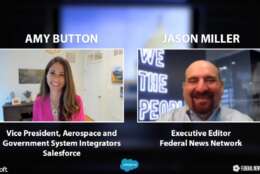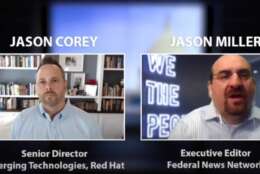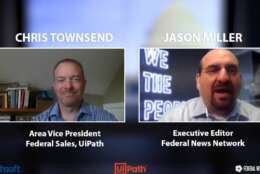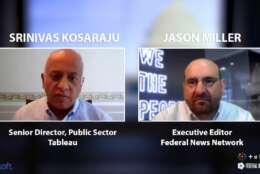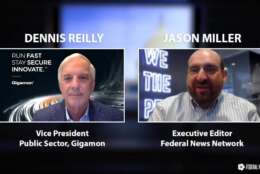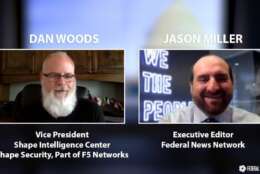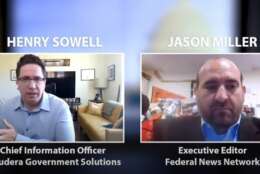Carahsoft
-
Amy Button, the vice president of aerospace, defense and government system integrators at Salesforce, said while every business is on a digital transformation journey, many aerospace and defense companies must figure out which technologies can enhance productivity and efficiency, which will help them recover from the economic loss due to the pandemic.
October 08, 2020 -
Jason Corey, the senior director for emerging technologies at Red Hat, said the pandemic has brought a sense of urgency to agency digital transformation efforts like few other events have done before.
September 09, 2020 -
Chris Townsend, the area vice president for federal sales at UiPath, said this unprecedented growth and acceptance of automation comes from the desire for agencies to have employees no longer focus on menial or “low-value” work and spend more time on mission activities.
August 26, 2020 -
For strategy insight into this new normal, a panel of federal practitioners convened to discuss them.
August 04, 2020 -
Srinivas Kosaraju, the senior director of public sector at Tableau, said data can provide the information, the transparency and the trust that many citizens are looking for these days.
July 29, 2020 -
Dennis Reilly, the vice president of public sector at Gigamon, said agencies can use the pandemic emergency to continue to make progress.
July 02, 2020 -
Dan Woods, the vice president of the Shape Intelligence Center with Shape Security, which is now part of F5 Networks, said a credential stuffing attack isn’t about breaking into someone’s account, but rather verifying the credential itself.
May 22, 2020 -
Henry Sowell, the chief information officer at Cloudera Government Solutions, said agencies are struggling to manage and deal with the volume and velocity of data coming their way.
April 17, 2020 -
Dave York, the senior vice president of U.S. public sector for Genesys, said agencies can use RPA, AI and intelligent automation to continue and accelerate their digital transformations and improve citizen services.
March 06, 2020 -
JIT PAM can ensure that identities only have the appropriate privileges when necessary, and for the least time necessary.
March 03, 2020 -
The use of DevOps or agile development has grown by leaps and bounds over the last few years.
January 08, 2020 -
John Davis, the vice president of public sector for Palo Alto Networks, said those key concepts that will move agencies toward a zero trust approach include protecting from the inside out versus the outside in, which has been the case for much of the past three decades.
January 03, 2020 -
Tricia Fitzmaurice, the regional manager for law enforcement and justice at Red Hat, said the benefits and potential of hybrid cloud is unmistakable and only growing.
November 18, 2019 -
SolarWinds helped the VA consolidate to a single enterprise-wide platform, implementing ten regional instances, putting everyone on the same page and giving consolidated visibility while allowing each region to operate with a certain level of autonomy.
October 30, 2019 -
Dave York, the senior vice president of U.S. public sector for Genesys, said agencies can improve how they deliver services to citizens by taking a omni-channel approach to digital modernization.
October 22, 2019

